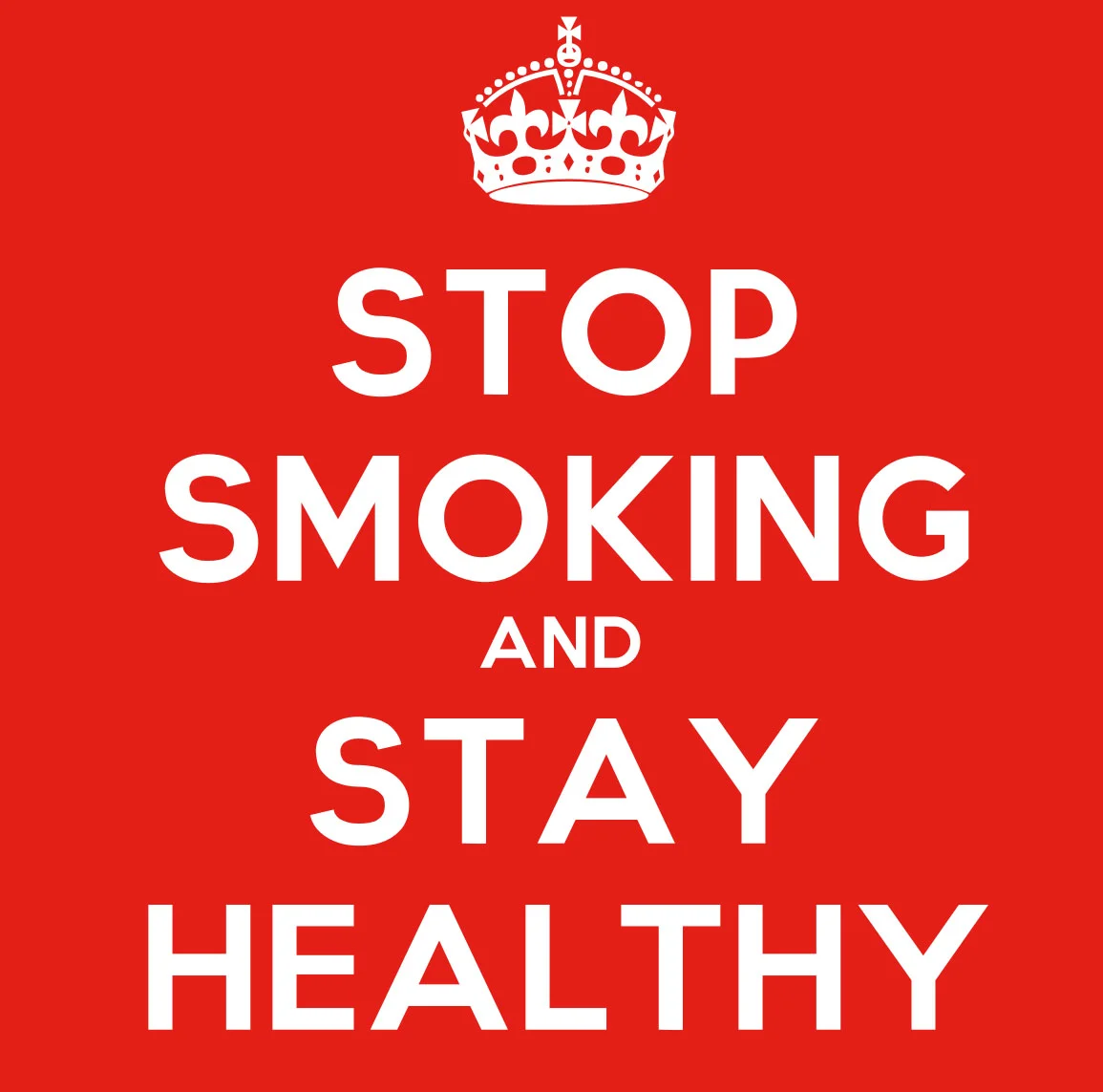A New Year's Resolution That Could Actually Save Your Life
/In the U.S., over 40 million adults are currently smoking – with 75 percent of those smoking a pack a day.
Smoking is a serious chronic condition, which increases the risk of cancer (lung, stomach, bladder esophageal, mouth, colon, and pancreatic), as well as a plethora of other health concerns like heart disease, stroke, osteoporosis, high blood pressure, and lung disease – just to name a few.
It is estimated that cigarette smoking is responsible for over 443,000 premature deaths annually and $193 billion in heath care costs each year, in this country alone.
Earlier this week, the Centers for Disease Control and Prevention, published a report on smoking behaviors in the U.S. between the years of 2001 and 2010. The group analyzed data from the National Health Interview Survey, sampling over 27,000 people.
Overall, less then 20 percent of the total adult population was found to be smokers. This represents a significant reduction, of over 50 percent, since the mid 1960s when efforts were first made to curb smoking habits.
The study also showed that since 2002, the number of former smokers outnumbers the amount of current smokers. Sixty-nine percent of current smokers have expressed a desire to quit in 2010, with increasing attempts noted in those less than 65 years old, over the past decade.
Theses statistics represent significant strides to curb smoking behaviors. Educational media campaigns, increasing smoking-free environments and the rising costs of cigarettes have all contributed to smoking cessation.
Over the course of a year, a person who smokes a pack a day will have spent at least $1,500 on cigarettes alone. Public policy programs have also continued to increase access to smoking cessation support tools.
In 2008, new clinical practice guidelines established that counseling and medication can increase cessation success, and are even more effective when used together. Medication options range from nicotine replacement therapy, to pills such as Chantix and Zyban.
These FDA-approved methods have been found to triple successful quit rates. One report found that support plus medication resulted in 10-15 percent more successful attempts then an unaided attempt.
However, of the 52 percent of smokers who had made an attempt to quit in 2010, over two-thirds of people tried without any assistance. Only 30 percent of people reported using medication (50 percent of which chose the nicotine patch), less than six percent used counseling and only four percent used both.
And only six percent of smokers in were able to abstain from smoking for greater than the six months.
While demonstrating a continued shift towards favoring cessation, the report exposes weakness in supporting those who wish to quit. As a physician, I recognize the difficulty with which patients struggle to stop smoking and that it can take many attempts before successfully quitting. I also understand that by partnering health care providers, you can better your odds of successfully ending the habit, by gaining access to counseling and medication.
By quitting before the age of 35, you can reduce your risk of death to the same as someone who never smoked. But by quitting at any age, you can halt the damage being done your body, as well as reduce the harmful exposure to your friends and family.
For more information on how to quit, please talk to your physician or call 1-800-QUIT-NOW.

